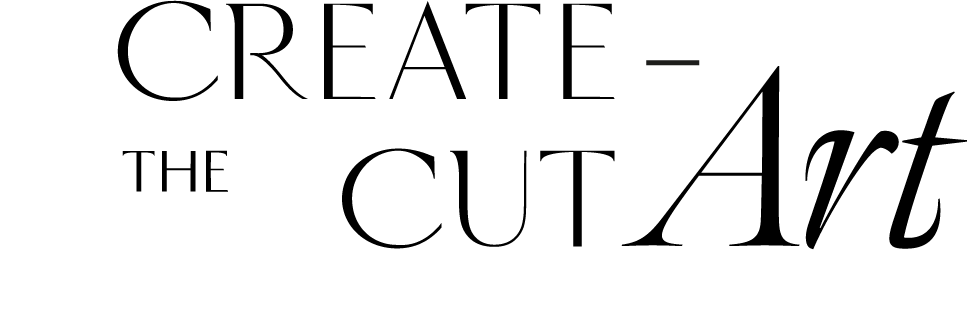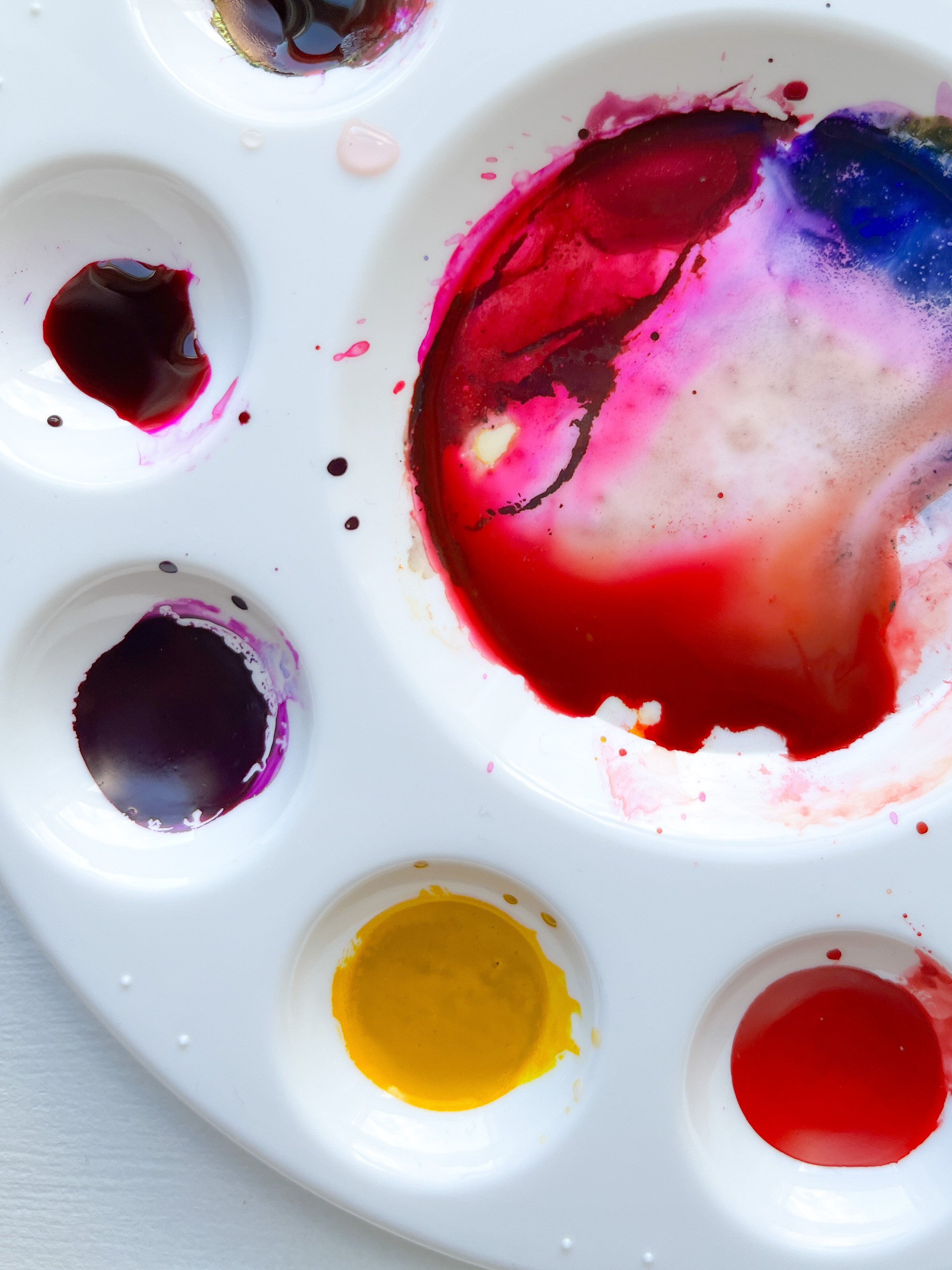Inks - Dyes, Pigments & Acrylic Inks - What Should I Choose?
If you are familiar with my work you will notice that I like to use Dr. Ph. Martin’s Radiant Concentrated Watercolours a lot! But I’ve recently been experimenting with some new materials; acrylic inks, pigment inks and dyes.
I typically use inks to create a watercolour style and all of the inks have different characteristics. This blog post will break down some of the differences between those inks and assist you when deciding what to use for your next project.
Let’s start with my favourite - Dr. Ph. Martin’s Radiant Concentrated Watercolours. These are actually dye-based inks and give you an extremely bright and vivid look. They are not the only dye-based inks available but they do come in an extensive range of colours. Ecoline also have some lovely colour options as well and there are other lesser-known brands available too. Dye-based inks and indeed all inks vary in consistency and colour from brand to brand so it’s worth noting that just purchasing a dye-based ink from one company won't produce the same results as purchasing from another, so it’s worth experimenting to see what you personally like.
So what are some of the characteristics of dye-based ink?
Dye-Based Inks:
Dye-based inks are usually made from soluble colourants (dyes) that are dissolved in a liquid carrier, typically water.
I love using these inks because they can produce vibrant and intense colours, which would be hard to achieve with normal watercolour paint.
Dye-based inks are typically absorbed into the paper fibres, resulting in a more saturated appearance on porous surfaces.
They tend to dry quickly due to their water-based nature.
Because the ink is absorbed into the paper and doesn’t just sit on the top, dye-based inks can fade over time, especially when exposed to UV light. This is because the dye molecules can break down when exposed to sunlight.
So how can we use them? I typically love using them on 100% cotton watercolour paper as it allows the colour to sink in. It’s also ideal if you are using your artwork for scanning and digital editing, where colour intensity is more important than long-term colour stability. Although you may be concerned about using them for lightfast reasons, I still think they are worth using as you can get some really amazing results.
I love to mix these up with watercolours, or gouache and they can also be mixed with acrylic inks to help achieve a more permanent colour.
Pigment Ink & Shellac Ink
There isn’t as much of a diverse range when it comes to pigment inks and shellac inks, but they are fun and interesting to use if you are looking to paint with them. But first of all, what are they?
Pigment Inks:
Pigment inks use solid colour particles (pigments) with a liquid carrier, which can be water-based or oil-based.
These inks are known for their colour durability and resistance to fading. Pigment particles sit on the paper's surface rather than being absorbed, which helps with lightfastness.
I particularly like the Schmincke aqua drops which are pigment-based watercolour inks.
Shellac Inks:
Shellac ink is made from shellac, a natural resin secreted by lac insects. (Yes, bugs!) It is then dissolved in alcohol to create the ink.
These inks are generally more transparent than acrylic inks. They tend to have a more subtle and delicate appearance.
The colour range of shellac inks might be more limited compared to acrylic inks, and they often come in more earthy and muted tones so they are perfect for vintage-toned pieces.
Shellac inks dry quite fast due to the alcohol solvent evaporating quickly. The finished result leaves a subtle sheen on the top and should remain lightfast.
So how can we use these kinds of inks? Although these would be ideal for calligraphy and more detailed line work I think you can use them in various ways. For example, you can absolutely achieve a loose watercolour look if you were to use it with a lot of water and they are definitely worth a try.
Acrylic inks are not something I’m too familiar with, but there are many brands that sell acrylic ink, like Liquitex, Schmincke and Daler Rowney. You can work with this ink in a similar way to other inks, by using a lot of water you can achieve a watercolour look.
Acrylic Ink:
Acrylic ink is a lot thicker in nature and is made by mixing pigments or dyes with an acrylic polymer solution.
Once dry, they are water-resistant and can be used on various surfaces, making them quite versatile.
These inks are lightfast and are made in a variety of colours.
If you would like to see a watercolour-style painting using acrylic ink click here.
So that was a bit of a run-down on various styles of inks. In the end, it’s about experimenting and trying out things. Take a look at the video below to see me swatching out my new inks (and some watercolours too)
* All products listed above are linked to my favourite art supplier - Jackson's Art. They carry an excellent range of products and also ship worldwide. If you decide to make a purchase from them, my affiliate link will give you 10% off your first order.



